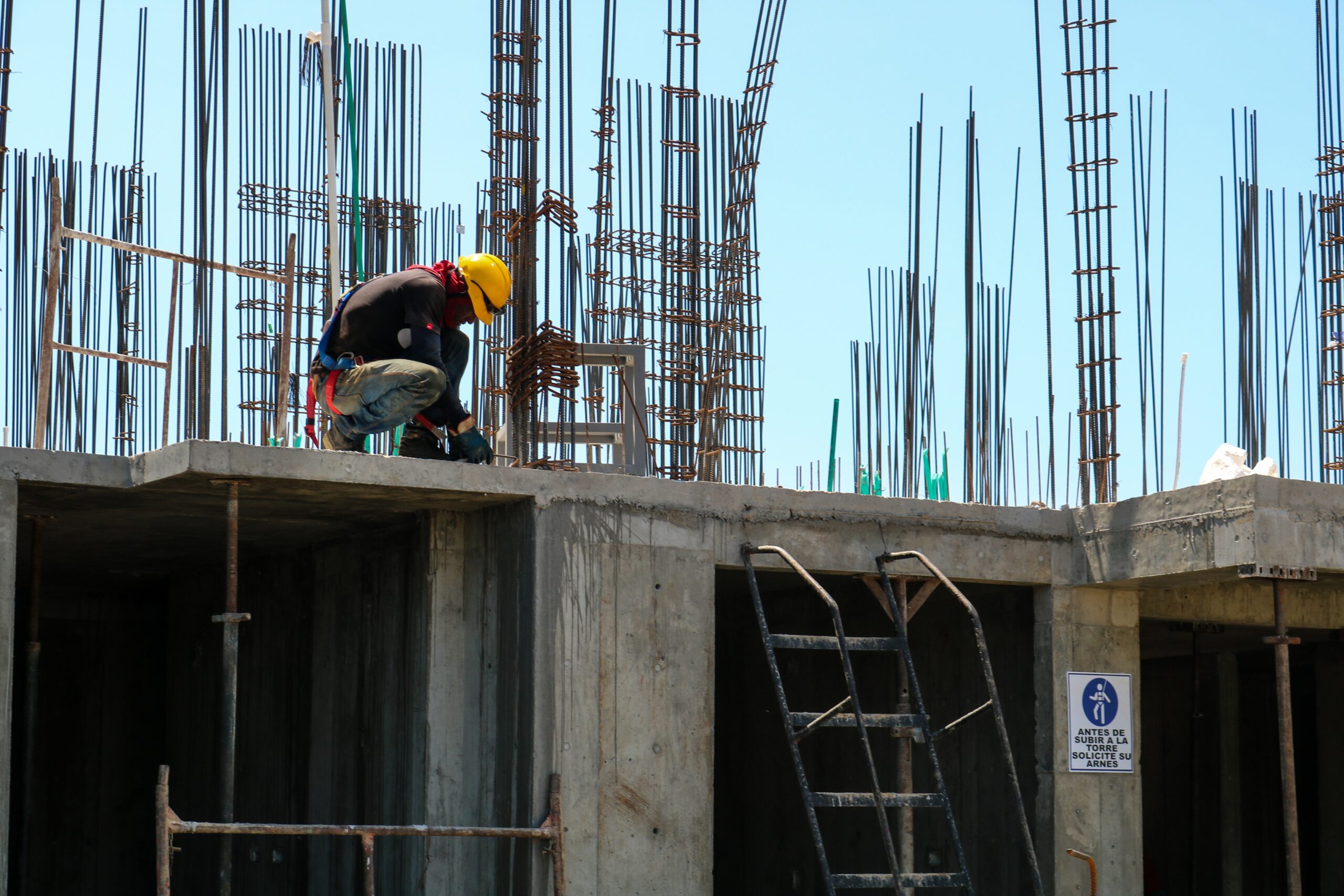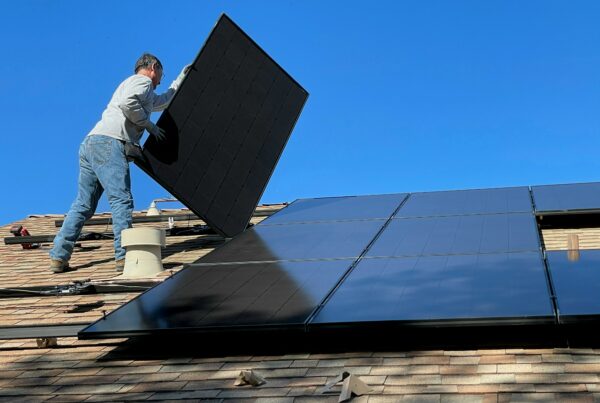Understanding What is Covered by Builder’s Risk Insurance
Builder’s risk insurance is a specialized property coverage that provides protection for buildings and other structures during the construction process. This type of insurance, also referred to as course of construction insurance, can help cover expenses related to property damage that may occur during the construction project. While coverage options may differ among insurance providers, a typical builder’s risk policy generally covers property damage losses caused by fire, lightning, hail, explosions, theft, and vandalism. Depending on the policy, coverage extensions and endorsements may also be available.
Determining who purchases and pays for builder’s risk insurance typically depends on the contractual elements and nature of the construction project. Any party with a financial interest in the project should have this coverage, such as the project sponsor, property owner, general contractor, lender, subcontractors, and architects. However, in some cases, industry-standard contracts, local governments, and large developers may specifically require contractors to carry builder’s risk insurance. As a result, the cost of this coverage is often included in project bids by contractors. Regardless of who obtains the coverage, it’s crucial that all parties involved in the project are listed as insured in the policy.
Since every construction project is unique and requires varying coverage, builder’s risk insurance can be a complicated topic to navigate. This article provides more information on what builder’s risk insurance covers and offers helpful tips for securing a suitable policy.
What Builders Risk Insurance Covers
Builders risk policies typically provide coverage for the hard costs associated with property damage losses during construction projects. Hard costs, also known as “sticks and bricks,” are expenses directly related to the physical building or structure and tangible assets of the project. These costs can be quantified through third-party inspections and may include building materials, labor, construction tools and equipment, utilities, landscaping, safety enhancements, and project enablement operations.
Property damage losses during construction can also affect soft costs, which are expenses necessary to complete the project but not directly related to the physical building or tangible assets. Soft costs may include architectural, engineering, and consultant fees, inspection and permit expenses, accounting, advertising, marketing, and project management services, real estate payments, property taxes, equipment unrelated to construction, interest on project loans, and post-construction legal fees and insurance premiums.
Tips for Securing Proper Coverage
Coverage for soft costs may only be available if they are clearly stated in the policy and incurred as a direct result of a covered loss and subsequent project delay. Some insurers may require a minimum deductible based on the length of the project delay before coverage for soft costs kicks in. Commercial property owners can supplement their builders risk insurance with business interruption or loss of rent endorsements to protect against lost income or rent resulting from covered losses and project delays.
When purchasing a builder’s risk policy, it’s important to customize it based on the unique characteristics of the construction project and the needs of the parties involved. Here are some best practices to keep in mind:
- Identify project exposures: Before purchasing a policy, create a detailed inventory of potential exposures that could occur during the project, including on-site, in transit, and off-site storage areas. Determine the level of protection needed and select a policy that covers all potential exposures to avoid any coverage gaps.
- Know the coverage start and end dates: Builder’s risk insurance is a temporary form of coverage that typically starts on the same date as the construction project’s contract and ends upon completion. However, specific conditions may trigger the beginning and end of coverage. Ensure you understand the policy start and end dates to have a clear understanding of when coverage applies.
- Check the anticipated completion date: Differentiate between the anticipated completion date of the project and the end of coverage within the policy. An inaccurate anticipated completion date may result in coverage not kicking in during project delays, leading to out-of-pocket costs.
- Review the policy: Examine the policy language and details to understand the coverage capabilities, conditions, and exclusions. It’s essential to confirm what the policy covers and doesn’t cover. If any coverage gaps remain, consider purchasing policy extensions or endorsements.
- Consult with insurance professionals: Work with an experienced insurance agent or broker to discuss specific coverage needs and secure a builder’s risk policy that provides ample protection for the construction project and the involved parties.
Conclusion
Builders risk insurance provides essential protection for properties or structures during the construction phase, making it a valuable coverage option. All stakeholders with financial involvement in a construction project should evaluate this policy and comprehend its terms to ensure a successful project despite any unforeseen losses. If you require more insurance advice and solutions, please don’t hesitate to contact us.





